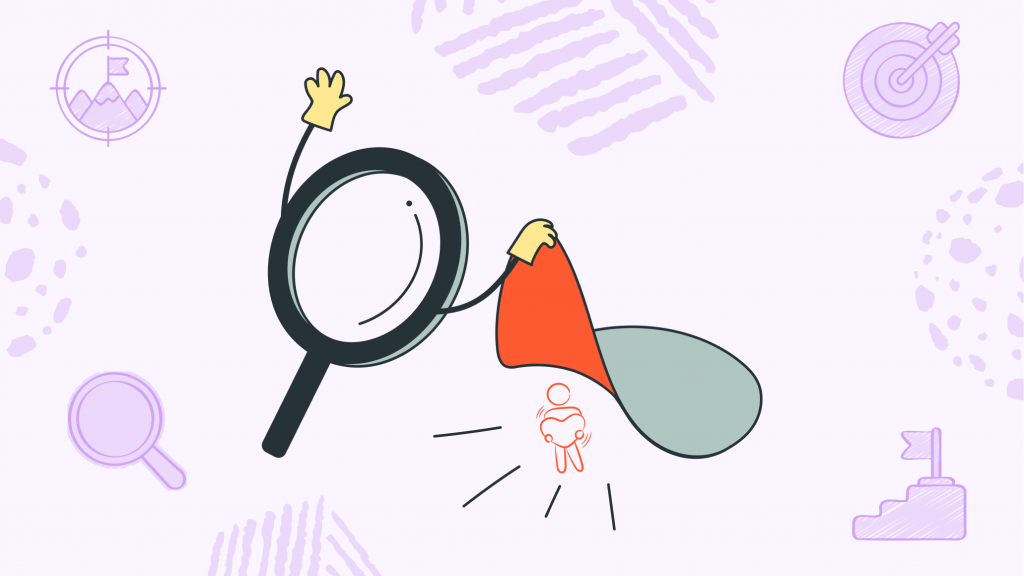Oh my God! How would she react if I started a conversation with her? Will she Judge me? Or refuse to talk to me at all? Or could it be something worse?
Most of us have the same thoughts when we want to initiate a conversation with girls. We have those insecure feelings and neverending questions going on in the back of our heads, which never let us start a conversation in the first place.
If you are that kind of a person, here’s how you can overcome the struggle of starting a conversation with girls.
Navigating the Initial Interaction
Starting a conversation with someone new can be nerve-wracking, especially when it’s with a girl you find interesting. The fear of rejection, the pressure to make a good impression, and the anxiety of finding the right words often make this a challenging task.
This fear triggers the amygdala, causing a fight-or-flight response, making your heart race and mind go blank. Additionally, societal pressures and past experiences amplify these feelings, creating a mental block.
This combination of emotional and physiological responses often leads to hesitation and missed opportunities for meaningful connections. Understanding these responses is the first step in overcoming them and confidently initiating conversations.
Subscribe to newsletter
Get your Gut Health Starter Guide right now.
Elevate your Tuesdays with practical, science-backed wisdom propelling you forward on your gut health journey.

Why You Freeze Before a Conversation
When you find yourself in front of someone you want to talk to, especially a girl you find intriguing, your brain can go into overdrive. The amygdala, the part of the brain responsible for processing emotions like fear, becomes hyperactive. This triggers the fight-or-flight response, even when starting a conversation is non-threatening.
The surge of adrenaline can make your heart race, palms sweat, and mind go blank, causing you to freeze. This reaction is deeply rooted in our evolutionary past, where social acceptance was crucial for survival, and being rejected by the group could mean serious consequences.
In modern times, this response translates into social anxiety. The fear of saying something wrong or being judged harshly can paralyze us. This fear is compounded by societal pressures to appear confident and articulate, further increasing anxiety.
When you’re standing in front of someone you want to talk to, all these factors can create a mental and physical barrier, making it incredibly hard to initiate a conversation. The key to overcoming this lies in understanding and normalizing these reactions rather than seeing them as a sign of weakness.
To overcome this freezing, it’s essential to prepare both mentally and practically. Start by practicing mindfulness techniques like deep breathing to calm your nerves. Visualization can also be powerful—imagine a successful conversation and how relaxed you feel during it.
Additionally, having a few go-to conversation starters can ease the pressure of thinking on the spot. These include comments on your shared environment or interests. Remember, the person you’re approaching is likely just as human and appreciative of kindness and interest as you are.
By focusing on genuine curiosity and connection rather than perfection, you can gradually build the confidence to start conversations more naturally.
Practical Steps to Overcome Timidness
So, how can you break through this initial barrier and start a conversation with confidence? Here are some practical tips that blend emotional intelligence with actionable steps:
- Start with a Smile: A genuine smile can set a positive tone and make you appear approachable. Smiling not only makes you look friendly and open but also helps you feel more relaxed. It’s a simple yet powerful tool that puts both you and the other person at ease, making the initial interaction less intimidating.
- Ask Open-Ended Questions: Instead of questions that can be answered with a simple ‘yes’ or ‘no,’ ask questions that encourage a more detailed response. For example, “What do you enjoy doing in your free time?” This shows genuine interest and opens the door for deeper conversation. Open-ended questions help create a more engaging dialogue and demonstrate that you are genuinely interested in getting to know her.
- Listen Actively: Pay attention to what she says and respond thoughtfully. Active listening not only helps keep the conversation flowing but also shows that you value her input. Nodding, maintaining eye contact, and offering appropriate responses can make her feel heard and appreciated. This creates a foundation for a meaningful connection and encourages her to share more.
- Share a Bit About Yourself: Balance the conversation by sharing something about yourself. This mutual exchange helps build a connection and makes the interaction feel more natural. Offering a personal anecdote or sharing your interests can make you more relatable and foster a sense of mutual understanding.
- Stay Present: Focus on the current moment rather than worrying about potential outcomes. Enjoy the conversation for what it is, without putting pressure on yourself to achieve a specific result. Being present allows you to engage more authentically and reduces anxiety about what might happen next.
- Practice Mindfulness: Engage in mindfulness practices to help manage anxiety and stay calm. Techniques like deep breathing or visualization can help you stay grounded and present during the interaction. Mindfulness can also help you manage any negative thoughts or fears that may arise, allowing you to approach the conversation with a clear and focused mind.
By incorporating these strategies, you can overcome timidness and confidently start conversations. Remember, the goal is to connect and communicate genuinely. Each conversation is an opportunity to learn and grow, so embrace the process with an open heart and mind.
From Timid to Confident
Meet Alex, a young professional who used to struggle with starting conversations. “I always felt a knot in my stomach whenever I wanted to approach a girl. My palms would sweat, my heart would race, and it was like my mind would go blank. I’d freeze every time.
But everything changed when I learned about the science behind these reactions. Understanding that my fear was just my brain’s way of protecting me made managing it easier.
I started small, beginning with just a smile and a simple hello. It felt awkward at first, but I reminded myself that this was a typical human experience. Gradually, I moved on to asking open-ended questions like, ‘What do you enjoy doing in your free time?’ and really listening to the responses. This helped me stay engaged and eased the pressure of coming up with the perfect thing to say.
The transformation wasn’t overnight, but with time and practice, I felt more confident and at ease. One day, I met a girl at a coffee shop. We started talking about our favorite books, and it was the beginning of something beautiful.
Now, she’s my girlfriend, and we motivate each other in everything we do. It’s incredible how just breaking the ice can lead to a deep and meaningful connection.”
Starting a conversation with someone new, especially someone you’re interested in, can be daunting. Alex’s journey shows that understanding the science behind our reactions and applying simple, practical strategies can help us break through initial timidness.
Remember, every great conversation starts with a simple hello. So, smile, stay present, and enjoy the journey of getting to know someone new. You never know where it might lead. Let Alex’s story inspire you to take that first step and embrace the possibilities that follow.


















